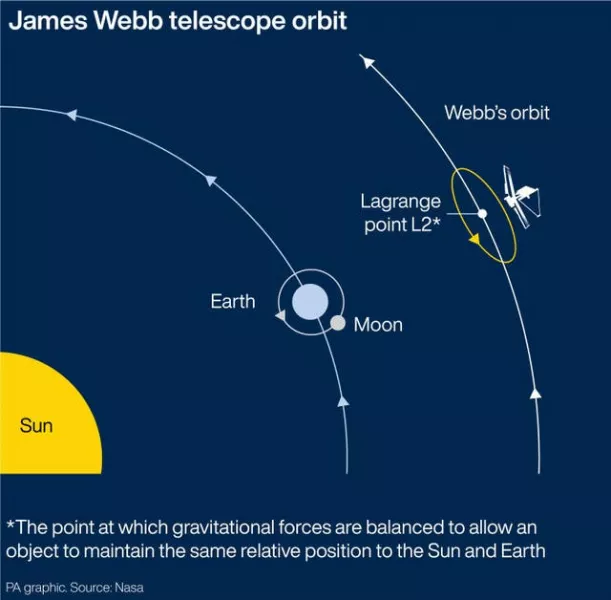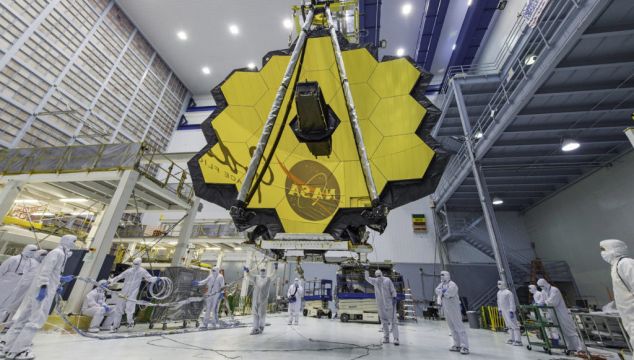The James Webb Space Telescope (JWST) could reveal the existence of extra-terrestrial life forms in space, a scientist who helped to develop the observatory has said.
The JWST, which is the most powerful telescope ever to launch into space, is finally set to lift off on Christmas Day after further delays caused by bad weather.
It has been jointly developed by NASA, the European Space Agency, and the Canadian Space Agency. Designed to make ground-breaking discoveries in astronomy, it follows in the footsteps of the Hubble telescope as the next great space observatory.
We are standing at the beginning of a new era in astronomy. The telescope is that important
Martin Barstow, professor of astrophysics and space science at the University of Leicester, has worked in the mission’s operations centre for the past seven years.
He said that for those who have worked on the telescope over the past two decades, its launch on Christmas Day will be a climactic event.
“We will learn about the origins of the universe and how life came about and possibly, although we can’t guarantee, about other life in our galaxy as well,” he said.
The observatory is equipped with cameras capable of taking images from other planets which will show the presence of elements and molecules in the atmosphere, he said.
Scientists can then scan the images for the possible existence of cells and evidence of different life forms.
“We are standing at the beginning of a new era in astronomy. The telescope is that important that its going to completely change the way we view the universe and the way we view our place in it,” Prof Barstow said.

Development for the telescope began in 1996 and construction was completed in 2016, with the launch initially planned for the beginning of December 2021.
A number of setbacks including a communications issue and an incident requiring an extra round of checks on the telescope pushed the date back.
The space agencies have now completed a readiness review for the rocket and launch teams, having conducted their final rehearsal.
Prof Barstow said he is “excited but frightened about it too.”
“The Ariane 5 rocket is very reliable but no rocket is 100 per cent perfect so there’s always that nervousness when you see 20-plus years of planning, building and development on top of basically what is a giant firework,” he said.
“If I’m perfectly honest I’ll probably be eating Christmas dinner while we’re watching it, biting my nails.”
The JWST is scheduled to lift off between 12.20pm and 12.52pm Irish time on December 25th.








